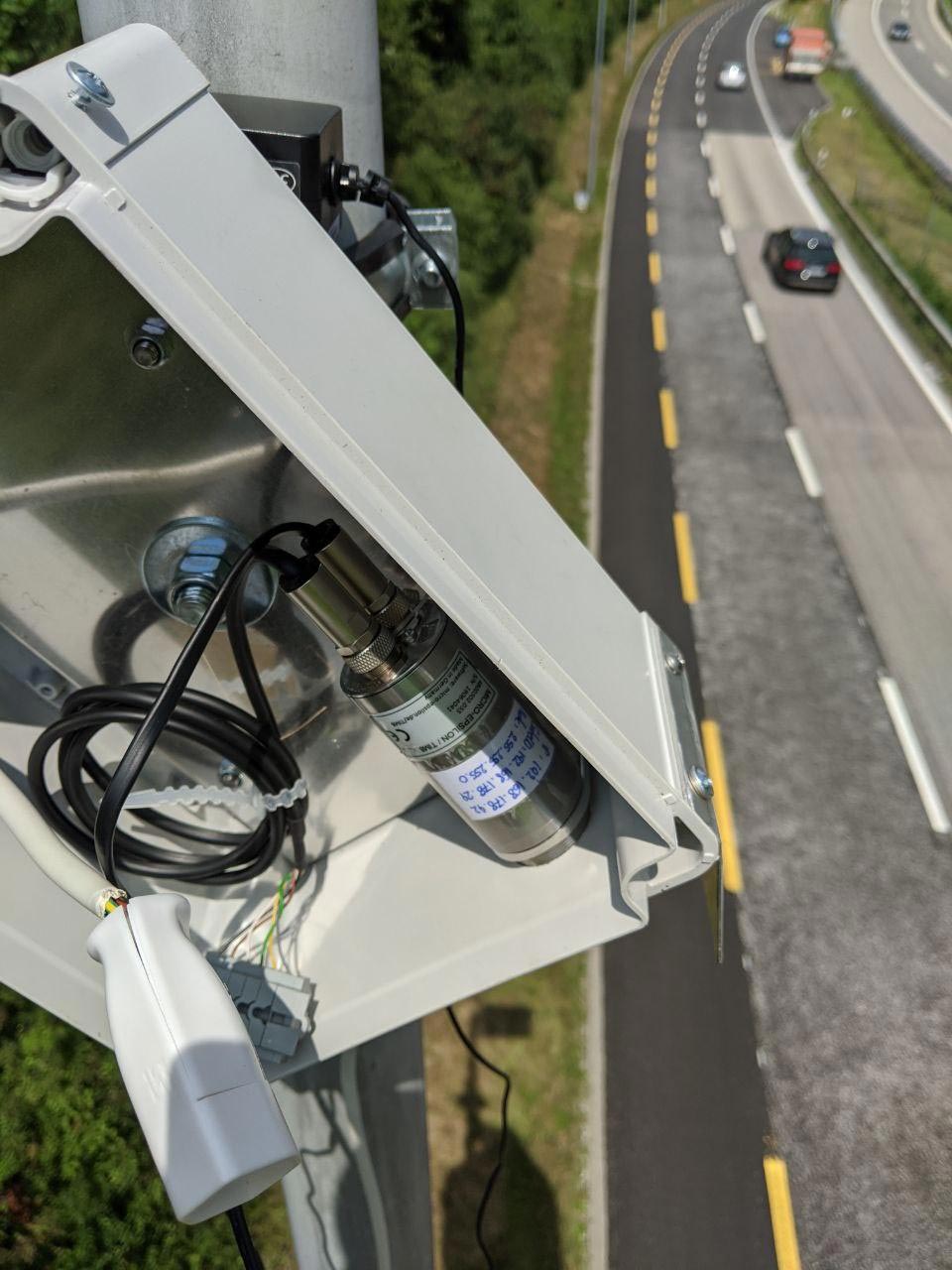However, there are already road surfaces that heat up less than conventional surfaces due to their lighter color. In Switzerland, no such pavements have been tested in practice so far, which is why the present pilot project takes on a pioneering role.
This project in the pilot program of the FOEN wants to test different pavements in practice in cooperation with the cantons of Bern and Valais. On the one hand, cooling pavements will be installed and, on the other hand, their practical applicability, such as construction, costs, maintenance and noise effects, will be clarified. For this purpose, various pavements were installed in June and July 2020 in Bern and Sion. During the hot summer days, the pavement properties were recorded using sensors in the pavement and surface temperature measurements.

In Bern, the cameras and loggers have now been dismantled at the end of November 2020, while in Valais the measurements continue over the winter. First results are available and are promising.
Goal
The main objective of the pilot project is to provide cities, municipalities and cantons affected by heat island effects with a tool that answers the most important questions on the application and use of the different cool pavement solutions and allows the situation-specific selection of the appropriate measures to mitigate the heat island effect.
The project in the media:
- SRF Einstein: Hitze in der Stadt (25.06.2020)
- SRF, Schweiz aktuell: Sitten im Wallis testet hellen Strassenbelag (03.07.2020)
- RTS: 12h45 (03.07.2020)
- RTS, 12h45: A Sion, on teste un revêtement de route teinté de blanc qui pourrait réduire les îlots de chaleur en ville. (04.07.2020)
- Umwelt Schweiz: Fertig mit Tropennächten dank coolem Asphalt (30.07.2020)
- Le Nouvelliste: Un test pour refroidir les sol routier (20.07.2020) (payant)
/www.gundp.ch/file/847/header.jpg)
/www.gundp.ch/file/1625/CPX_Jaun_Quadratisch.jpg)
/www.gundp.ch/file/2621/Blog.png)
/www.gundp.ch/file/2849/Data_Science_E.png)